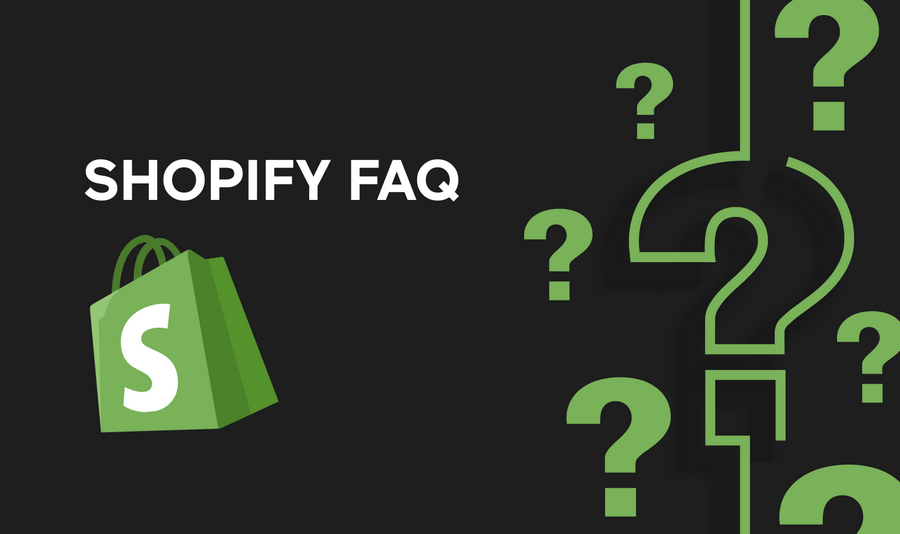
Newsletter Subscribe
Enter your email address below and subscribe to our newsletter

Enter your email address below and subscribe to our newsletter

Shopify is a leading e-commerce platform that allows individuals and businesses to create online stores and sell products online. It provides a range of tools and features to help users set up and manage their online stores with ease. With Shopify, users can choose from a variety of customizable templates, add products, manage inventory, process orders, and accept payments through multiple channels. Shopify also offers built-in marketing tools, analytics, and SEO features to help users grow their online business. Whether you’re a small business looking to start selling online or an established brand looking to expand your online presence, Shopify provides the tools and support you need to succeed in the world of e-commerce.
This article will provide you with a detailed guide on how to create a successful Shopify website that attracts customers and achieves sales goals.
Before diving into building your website, it’s important to define your business goals and target audience. Choose a suitable Shopify pricing plan and select a unique domain name that reflects your brand identity.
During the planning phase, consider how you want to design your website, including page structure, theme selection, and content organization. You should also research your target market and competitors to determine how to make your website stand out among the myriad of online stores.
Setting Up Your Shopify Account:
To start your Shopify journey, you’ll first need to set up your account. Here’s how:
Sign up for a Shopify Account:
Choose a Unique Store Name:
Customize Your Store Settings:
Next, you’ll want to design your Shopify website to make it visually appealing and user-friendly:
Choose a Shopify Theme:
Create a User-Friendly Navigation Menu:
Now, it’s time to add your products to your Shopify store:
Set Up Product Categories:
Add Product Descriptions, Images, and Pricing:
Configure Shipping Options and Tax Rates:
Make your website unique and functional by customizing it to suit your brand and business needs:
Use Shopify’s Built-in Editor:
Implement Shopify Apps:
Ensure your customers can make secure payments by setting up payment gateways:
Choose a Payment Gateway:
Launching your Shopify website is an exciting step towards starting your online business. Follow these steps to ensure a successful launch:
Preview Your Website:
Set Your Store to “Live” Mode:
Announce the Launch:
Monitor Your Website’s Performance:
Marketing plays a crucial role in driving traffic to your Shopify website and increasing sales. Here are some strategies to consider:
Implement SEO Best Practices:
Use Social Media Marketing:
Utilize Email Marketing:
Analyze Your Website’s Performance:
Creating a successful Shopify website requires careful planning and attention to detail. By following these steps, you can build a professional-looking online store that attracts customers and drives sales.
Do I need technical skills to create a Shopify website?
No, Shopify is designed to be user-friendly, and you can create a website without any technical knowledge. However, some customization may require basic coding skills.
Can I use my own domain name with Shopify?
Yes, you can use your own domain name with Shopify. You can either purchase a domain through Shopify or connect an existing domain.
Can I change my Shopify theme after I’ve launched my website?
Yes, you can change your Shopify theme at any time without losing your content or data. Shopify allows you to preview themes before making them live.
Is Shopify secure for online transactions?
Yes, Shopify is a secure platform for online transactions. It is PCI compliant and uses SSL encryption to protect customer data.
Can I sell physical and digital products on Shopify?
Yes, you can sell both physical and digital products on Shopify. You can also offer services and subscriptions.
How long does it take to set up a Shopify website?
The time it takes to set up a Shopify website depends on the complexity of your store and how much customization you want to do. In general, you can set up a basic store in a few hours.
Can I use Shopify to create a multilingual website?
Yes, you can create a multilingual website with Shopify using third-party apps or Shopify’s built-in language settings, depending on your needs and budget.